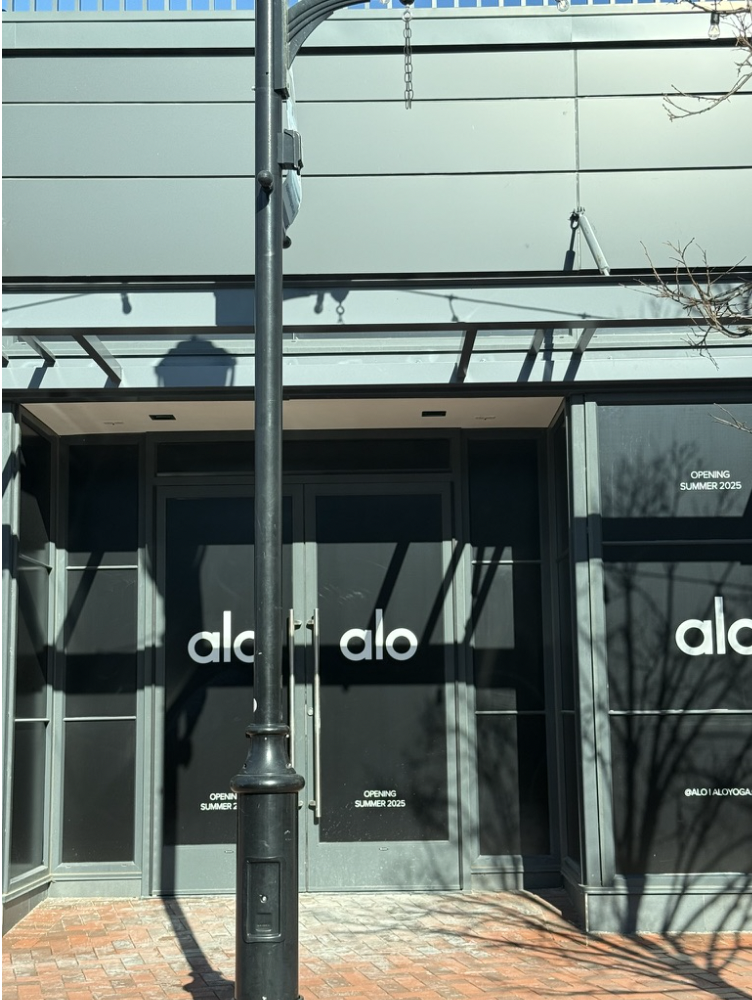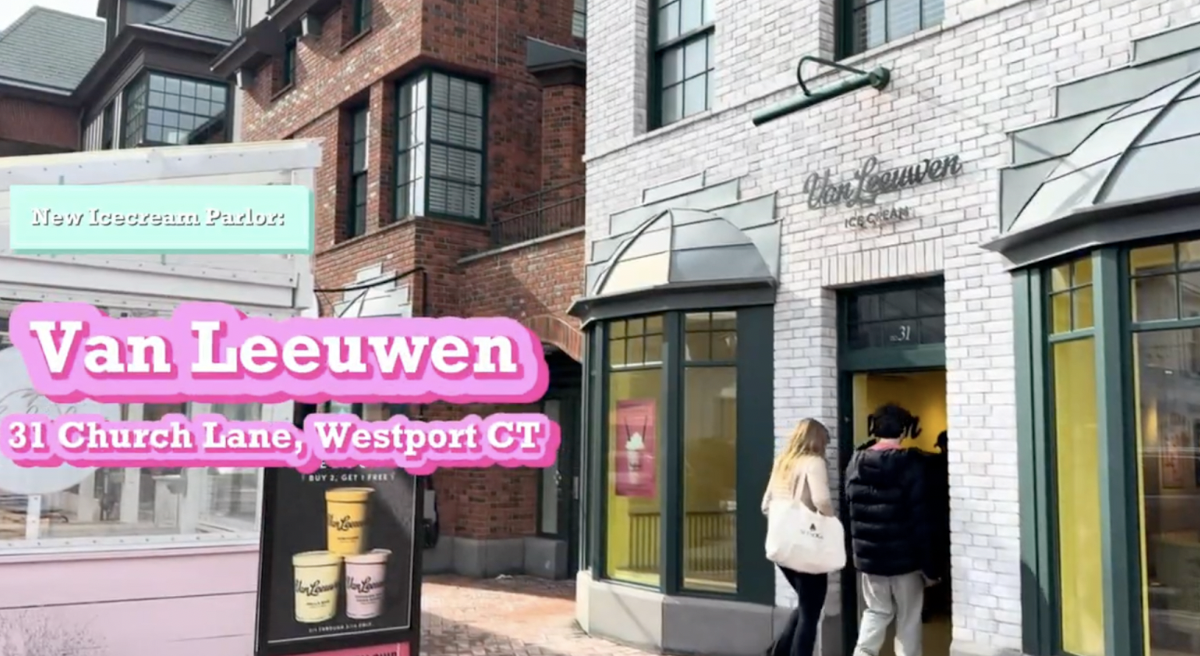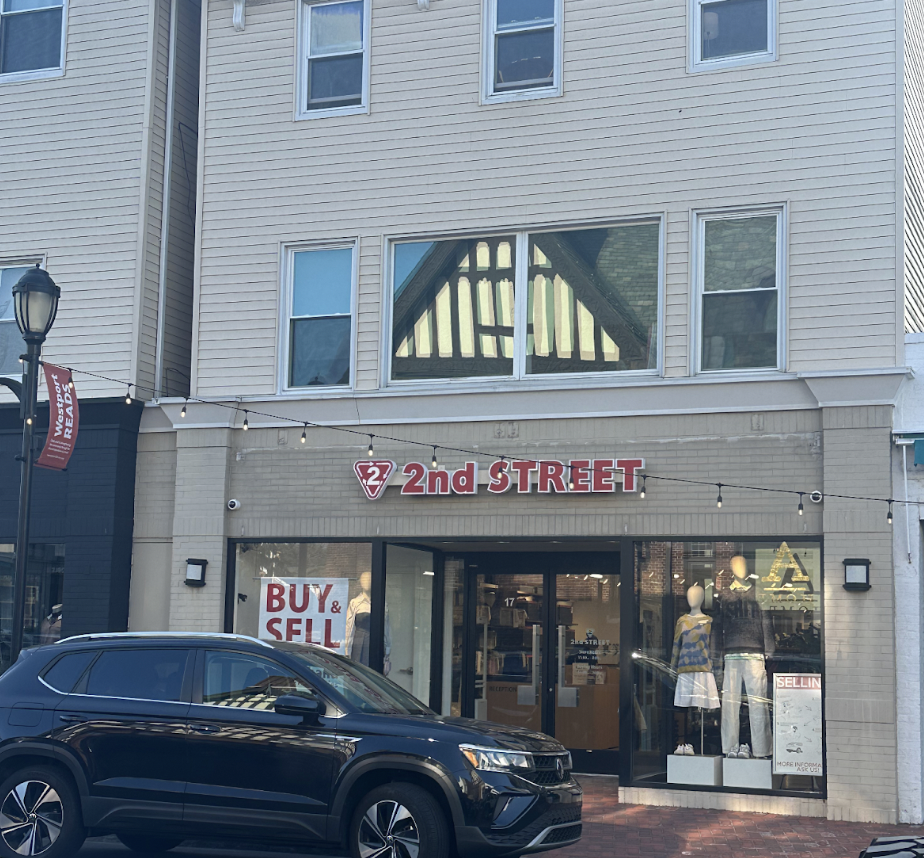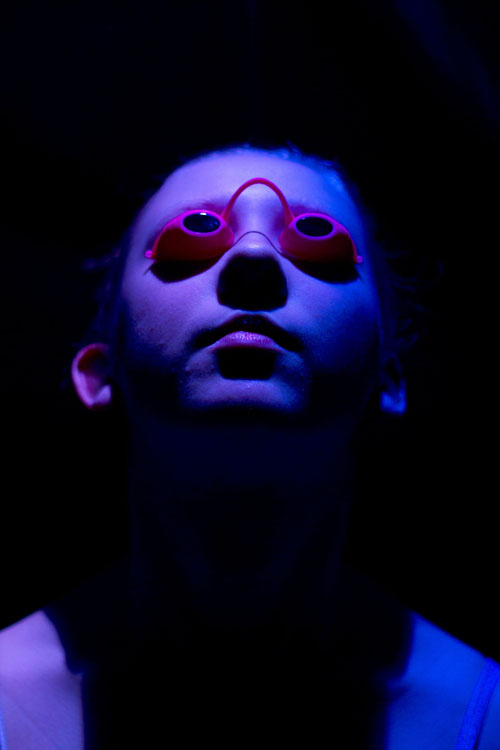Grace Garrity ’13 prepared early for the 2013 Red and Whites dance. With a date, a dress, and a boutonnière at the ready days before the Friday night function, Garrity had but one final preparation to make before that magical Kodak moment was assured: she needed a tan.
Specifically—in the cold New England month of January—she needed an indoor tan.
“I went to a tanning salon for the first time in a very long time, thinking I could get a quick light tan beforehand,” Garrity said. “When I woke up the next morning, my whole body was on fire. I looked in the mirror, and I looked like a tomato.”
Yes, four days before one of her final high school dances, Garrity was artificially sunburned from head to toe, leaving only two circles of unaffected skin around her eyes where her tanning goggles had been.
“I sucked it up, warned my friends before they saw me, and went to school that day,” Garrity said. “I got plenty of laughs when I went to lunch. I was pretty embarrassed.”
By Friday, the burn had cleared, yet it left behind an indelible impact on Garrity.
“I haven’t tanned since,” Garrity said. “After that experience, I’ve been pretty afraid to.”
And Garrity’s fear doesn’t come without reason. According to Director of Pediatric Dermatology at Yale University School of Medicine Dr. Richard Antaya, tanning can lead to melanoma, “a fatal form of skin cancer, which can be deadly even in young people.”
“I just saw a young woman a few weeks ago who used tanning beds in high school and has developed a very concerning melanoma while pregnant,” Antaya said. “This is not a rare event.”
Dr. Jonathan Sollinger of Willows Pediatrics concurs with Antaya. Along with melanoma, he says, indoor tanning can lead to two other major forms of skin cancer: basal cell carcinoma and squamous cell carcinoma.
“Tanning is basically voluntary exposure to ultraviolet radiation (UVR), which causes these cancers,” Sollinger said. “The intensity of UVR radiation produced by tanning units can be 10 to 15 times higher than the midday sun.”
Despite the numbers—and the recommendation from the American Academy of Pediatrics that nobody under 18 should tan—the high school demographic as a whole continues to go tanning. While tanning is banned for anyone under the age of 14 in the state of Conn., Antaya cites the American Academy of Dermatology, stating that 70 percent of “tanning salon patrons” are Caucasian females ages 16 to 29.
In an attempt to reduce this number in Westport, Gaïane Offredo ’13 has become an anti-tanning activist of sorts, studying the effects of indoor tanning as a substantial part of her three-year Authentic Science Research (ASR) project.
“Of the friends I have spoken to about the dangers of indoor tanning, they really freak out when I pull out facts and tell them how dangerous it can be,” Offredo said. “They even ask me to stop because I’m scaring them, which is the point.”
And Offredo doesn’t just speak to her friends about the subject. Last spring, she visited two sophomore health classes to warn them about the harm indoor tanning can cause to a developing body.
“One person dies of melanoma every hour. Just one indoor tanning session increases a user’s chances of developing melanoma by 20 percent, and every time after that increases the chance by 2 percent,” Offredo said. “Think about that.”
Nevertheless, according to Offredo, there are still nearly three million teens who make their way to the tanning bed.
“A reasonable amount of exposure to the natural sun is healthy, as we all need our dose of vitamin D,” Offredo said. “But there is absolutely no benefit that comes with indoor tanning—ever.”
However, Tom Petitti, sales manager of Westport’s Sunsations Tanning, argues with Offredo’s claim. In fact, as a 25-year tanner, Petitti says indoor tanning provides health benefits most people don’t know about.
“A lot of people get depressed this season and they come in for light therapy. The beds allow for endorphins to be released, and it makes a huge difference in their appearance and their mood,” Petitti said. “It’s the ‘look good, feel good’ factor.”
In line with unknown health benefits, Petitti mentions “red light therapy” or “skin cell rejuvenation.” He says the new technology, if used the right way, can produce dramatic effects.
“Tanning here can get rid of acne, psoriasis, eczema—a lot of things,” Petitti said. “But I’ve seen people go through red light therapy with real severe scars, and three weeks later they’re all clear.”
Still, Petitti says not all clients tan for the health benefits. In truth, at least among high school students, the biggest motivator is a good prom picture. According to Petitti, he’ll have anywhere from 50 to 60 teenagers come in to tan every day for weeks approaching the date of the dance.
“It’s like personal training,” Petitti said. “If you take the time to analyze what’s best for them instead of focusing on the bottom dollar, you can make a huge difference.”
This method, even in the busiest seasons, is the one Petitti sticks with. He believes that each client should have a monitored tanning regimen fit to his or her individual needs.
“I’ve asked doctors, straight up, what’s your opinion on tanning? They all say it’s better inside,” Petitti said. “In here, I can regulate everything; there’s no overexposure. I can tan the fairest person without burning them.”
However, Sollinger, when asked if he prefers indoor to outdoor tanning, responded with a candid “no way.”
Still, regular tanner Rachael Mazzone ’14, while not a client at Petitti’s salon, appreciates the regulation an indoor salon offers.
“Laying down in a tanning bed is relaxing and calming,” Mazzone said. “Most of the time I fall asleep for the short time I’m in there.”
This comfort is attained, according to Petitti, when the right bed is found. Different beds emit different UVR—either UVA or UVB. Petitti’s best bed, priced at $40,000, is 95 percent UVA, which he says is the “good kind of ray” to contrast UVB, the “bad kind.”
However, according to Offredo, this is not the case. She says while UVA rays are the kind most used in tanning salons, they are also the most detrimental to a tanner’s health. In fact, UVA rays penetrate all the way through the second layer of skin (the dermis) while UVB rays only penetrate the first layer (the epidermis).
“Everybody has their own opinion on things. Different doctors are going to say different things,” Petitti said. “All I know is 60 percent of my clients want to use the high-pressure UVA bed.”
Regardless of client preference, according to Offredo, the UVR is too harmful to outweigh the better color.
“Indoor tanning and sitting in a microwave oven or a toaster are actually pretty similar,” Offredo said. “Either way you are really damaging your skin or cells. You are burning them.”
And Offredo’s message, gradually, is getting across to the student body.
“Luckily, I haven’t had any health effects from it, but I am very aware of the dangers,” Garrity said. “I have pretty much completely cut it out.”
Even Mazzone knows of its risks.
“My doctor has warned me if I overdo it there will be consequences, but I’m not close to overdoing it,” Mazzone said. “I do have some friends that I’m concerned for due to the amount they go, but I’m not concerned for my health.”
Nonetheless, Antaya wants to make entirely sure that teens understand exactly what tanning can lead to. Though, ideally to him, no teen would tan at all.
“Make a challenge for your classmates to have a “tanless” prom season, or, if that is not possible, do the safe “spray on” tans instead,” Antaya said. “You will likely save a life.”















































